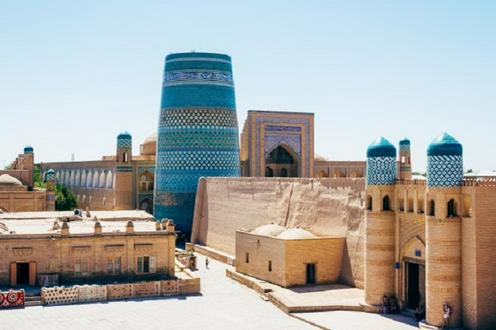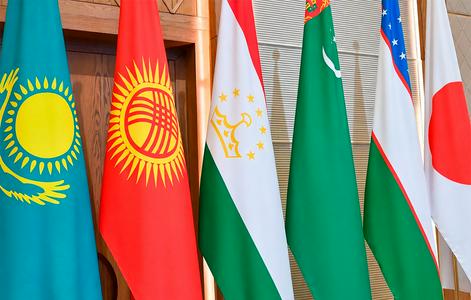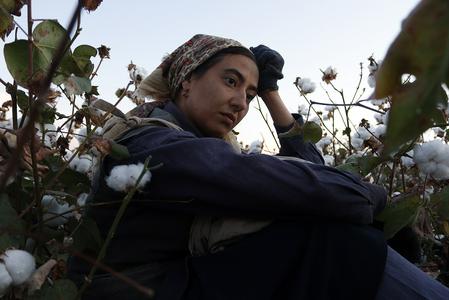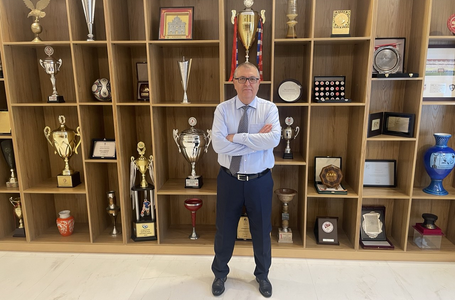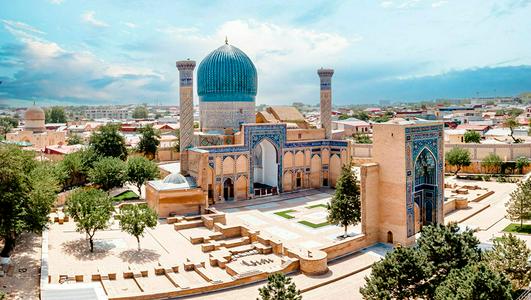By the end of this year, officials in Uzbekistan’s Khorezm region must attract $1.5 billion in foreign investment and raise exports of goods and services to $510 million, according to directives issued by President Shavkat Mirziyoyev, as reported by his press service.
The president specified that the region should launch 12 major projects and around 500 regional initiatives totaling $900 million, begin production of 65 types of goods and five categories of equipment, and localize production amounting to 1.7 trillion Uzbek sums (approximately $131 million).
Mirziyoyev criticized regional authorities for concentrating more than half of last year’s investment in the city of Urgench and the Kushkupir and Urgench districts. In contrast, only $40 million was invested in Gurlen—despite its developed infrastructure—$30 million in Khazarasp with its industrial zone, and just $10 million in Khanka. The president reminded that this imbalance led to the replacement of the district governors (hokims) in those areas.
One promising initiative is the Uzbek-Chinese Technopark under development in Kushkupir, which includes 16 investment projects totaling $1 billion. Building on this model, officials have been instructed to relocate high value-added production to the Khazarasp Free Economic Zone. For example, a new copper products plant is planned, which is expected to foster a broader copper-processing cluster in the region.
Mirziyoyev emphasized that the chemical industry could become a driving force for Khorezm’s economy. This year will see the start of construction on a $10 billion gas-chemical complex in Tuprakkala, where 2 million tons of 14 types of polymer products will be manufactured. In addition, a chemical technology park will be established in Khazarasp, with $10 million worth of projects already planned.
Building materials companies also continue to contribute to the regional economy. Last year, 663 such enterprises produced goods worth 1.1 trillion sums (about $85 million). The goal now is to increase that figure to 1.5 trillion ($115 million), including through new investment projects.
Agricultural development was also discussed at the meeting. Officials outlined plans to implement 56 projects worth $60 million this year, return 3,400 hectares of land to use, and create 1,299 hectares of industrial orchards. The region is recognized for its effective water conservation practices, which save one billion cubic meters annually. In partnership with international companies, innovative technologies such as sprinkler irrigation are being introduced, which can reduce manual labor by 90% while further conserving water and fertilizers.
The president also laid out objectives in the construction and infrastructure sectors. By year’s end, the region is expected to build 200 apartment buildings providing 7,000 homes, reconstruct 1,500 kilometers of roads and 20 bridges, and launch six new public transport routes using 80 newly acquired buses. Altogether, these projects represent 12 trillion sums ($925 million) in contracting work and will generate employment for 20,000 people.
